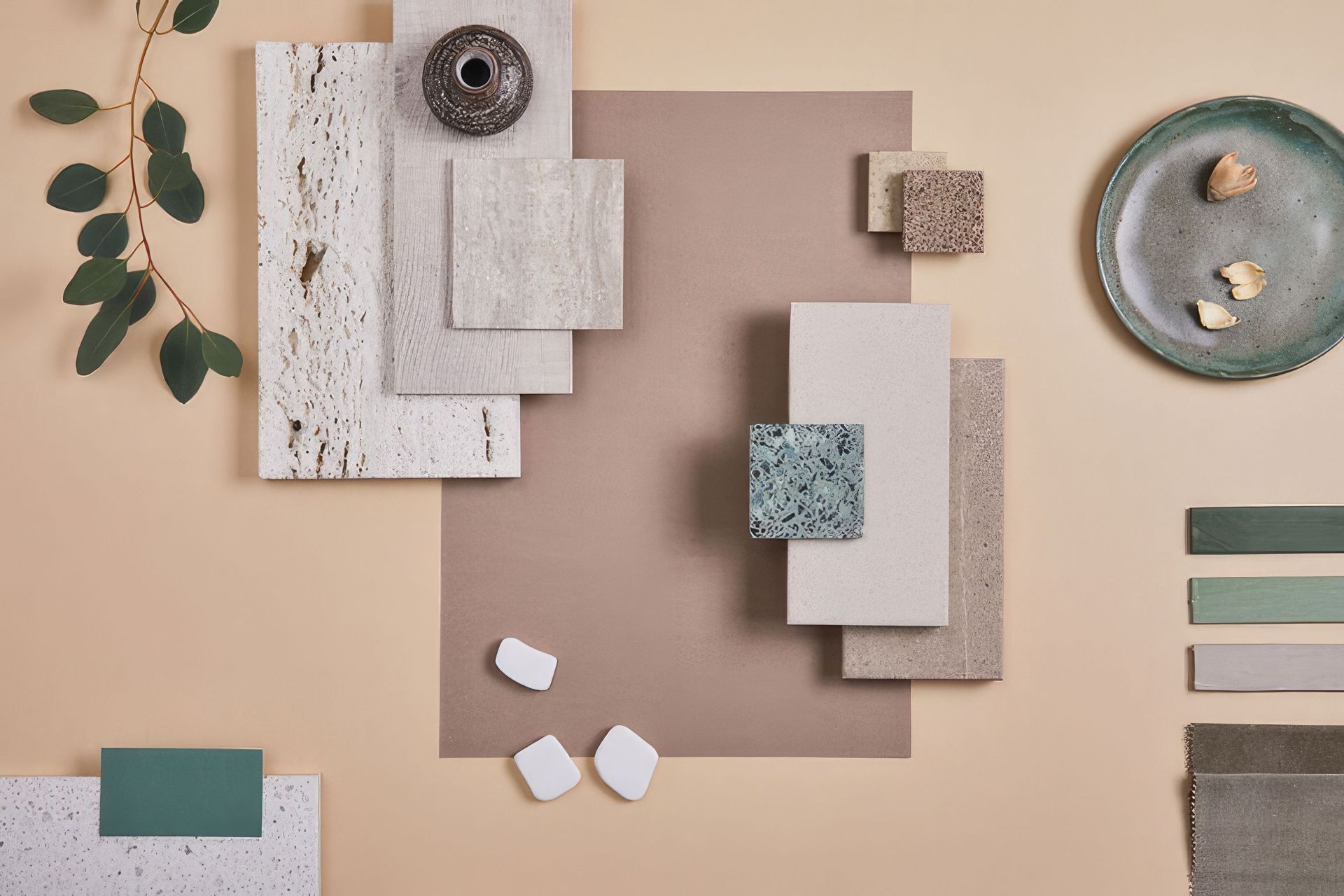How to Choose Paint for your Home Interior.

I had not seen how home interiors and exteriors were painted, and any tips I had access to before picking up a paintbrush and roller came from the helpful attendant in the paint section of the local hardware store.
As an experienced renovator, designer, and colour consultant, I am often asked for advice on how to choose paint, what finishes to use and what to paint first. I have wanted to share my tips so others can learn from (and not repeat) my earlier mistakes.

When to repaint? How long should a repaint last?
When painting a room in your home you should expect it will last 5 years or longer especially when paying contractors to complete the work. With the quality of paint today there is no reason why it couldn't last 10 years, however, as trends are rapidly changing along with the purpose of interior spaces, 5 years is a more realistic expectation for interior paint.
Home exteriors are expensive to paint as exteriors require higher quantities of paint, the paint is more expensive per litre than interior paint and then often painted by a contractor with potential additional costs for equipment hire such as scaffolding.
The technology and therefore quality in exterior paint products has seen a significant improvement in the last 10-15 years. These days, a reasonable expectation for an exterior paint job is 10 years.
If an exterior is showing signs of wear from 2-5 years this is generally the result of poor preparation including sanding/gap filling, undercoating, or potentially poor colour choice. An example of a poor colour choice would be a dark colour chosen for an exterior wall with high solar exposure will age quickly. Either fading and losing vibrancy or peeling and cracking in the heat.

With any interior colour decision, it is important to have an overall theme or vision for the space. - this cannot be fudged later. Be clear on the mood you intend to create. If your vision is unclear the decision-making process will become saturated with options that are conflicting as opposed to choosing between variants of a chosen colour or theme.
Below is a breakdown of steps I recommend you consider to make the decision-process easier:
Tip #1 - Understand tone and colour palette
Determine your preferred colour scheme: Think about the mood you want to create in each room and what colors will complement your furniture and decor. Will your paint colour be light or dark? Vibrant or muted? Put together a mood board of inspirational images to keep you on track and refer back on as the project progresses. You can browse magazines, websites, and social media for inspiration and ideas. Include existing elements such as furniture, or fabric colour swatches that are to remain as these will influence your choice of colour for interior linings for example; paint colours for walls, ceilings, doors, architraves, or feature details.

Tip #2 - Orientation of Space
Consider the room's lighting: The natural and artificial lighting in each room can affect how colors appear. Context is so important. Not only is it essential to view the considered colours in the interior space you intend to use them but also on the element surface.
For example; hold the colour sample to the wall or paint a test patch. If laying wall samples on the floor for viewing they will appear different as the lighting direction is not true, this may be darker or lighter, diffused or more vibrant. It is also good practice to paint test swatches on adjacent walls so you can view how the colour interacts in different lighting conditions (eastern morning light, northern light at midday and western light in the late afternoon.
Tip #3 - Finish for purpose
Choose the correct finish for your purpose: Different paint finishes, such as matte, eggshell, satin, and gloss, have different levels of sheen and durability. Matte or flat finishes can hide imperfections but are less durable, while gloss finishes are more durable but can highlight flaws.
- Interior walls: low-sheen (most commonly used), matte or eggshell.
- Doors/architraves/skirting/picture rails: semi-gloss or gloss.
- Ceiling: matte or flat, ceiling white is premixed with pigment in a flat finish.
I once painted a matte finish to hide the imperfections of a crooked wall. I was happy with the finish initially however, within a few short weeks the wall was filthy with fingerprints - the textured surface was impossible to clean (and much more noticeable than the uneven wall!).
I repainted the room with a low-sheen finish and barely noticed the crooked wall.
Tip #4 - Product quality
Select a quality brand: Choose a reputable paint brand that offers high-quality paint with good coverage and durability. I would recommend Taubmans or British paints for quality and durability and have found sometimes the more expensive paint brands do not compare in quality. Paint Colours chosen from competitive brands can be used to tint your paint of choice (the paint shop will deny this but I have never had any issues with this in the past). You will need to speak to the paint desk to find out what base is required for your chosen colour. For example one brand will call their tint for dark colours extra deep while another will specify tint as extra bright.
Tip #5 - Testing is key
Test the paint: Once you have chosen your preferred color and finish, test the paint on a small area of the wall to ensure you are happy with the result before painting the entire room. So crucial that the colour feels right. If unsure leave the sample on the wall for a week or two. If you rush ahead and change your mind you will be no further ahead in a week if you need to repaint.
"There are no mistakes, just happy accidents.” – Bob Ross
Above is my favourite painting quote, however unlike an artwork where creative flow can create happy accidents - a lack of preparation when testing paint colours can be costly in both time and money. Spend the time initially to save both time and money.
Tip #6 - Environment friendly
Consider the environment: Look for eco-friendly and low-VOC (volatile organic compounds) paint options where possible to minimise the impact on the environment and your health. Your nose is one of the most adaptable organs in the body. Paints continue to fill interior spaces with harmful fumes long after your nose has stopped recognising the smell. Protect yourself with proper ventilation and protective equipment such as a filtered face mask and safety glasses while in the process of application.
With these tips you can confidently choose the right paint colour and finish for your home that will meet your aesthetic, functional, and environmental needs.
